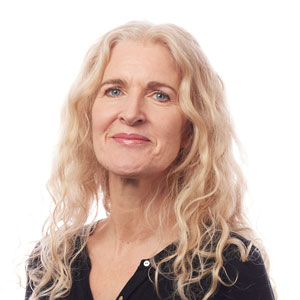We’ve been having lots of conversations lately about how the education system fails too many young people because it expects everyone to operate in the same way. One of the few benefits of lockdown was to highlight this, and we know of several young people who have stepped out of the mainstream to learn in a way that better matches who they are, and what they need.
Similar principles apply to research sessions. Not everyone feels most comfortable sitting around talking. Some people think in pictures while others like to get their hands on things, or work spatially. Some of us are most productive when brainstorming in a group, while others need quiet time alone to think, and collect their thoughts.
This is why we design our consumer sessions and client workshops with mixed needs and abilities in mind. Before any group work, we allow a moment for noticing (and noting) people’s spontaneous, individual thoughts or ideas, we use visual and spatial as well as verbal exercises, and most importantly, we get people moving – unlocking more of what they really think and feel and providing a much more visually-informative experience for anyone viewing.
When people are offered more ways to interact and engage in this way, they feel more connected, more ‘themselves (so tend to be more truthful) and are much more able to contribute – which in turn means we get more from them.
By shaking more of the tree, we all get more of the fruit.

Maddy is Director of Lucid. She has been described as a ‘maestra’ with groups of people and is appreciated for her passion and commitment as well as the clarity of her strategic thinking, insight and expression. Maddy began her career in advertising at Ogilvy and BBH and then worked at the Arts Council, English National Opera, AEA consulting and Stimulating World Research before setting up Lucid.
